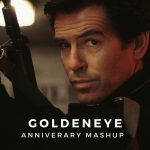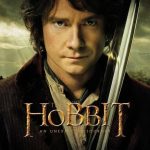The Last of the Mohicans (1992)
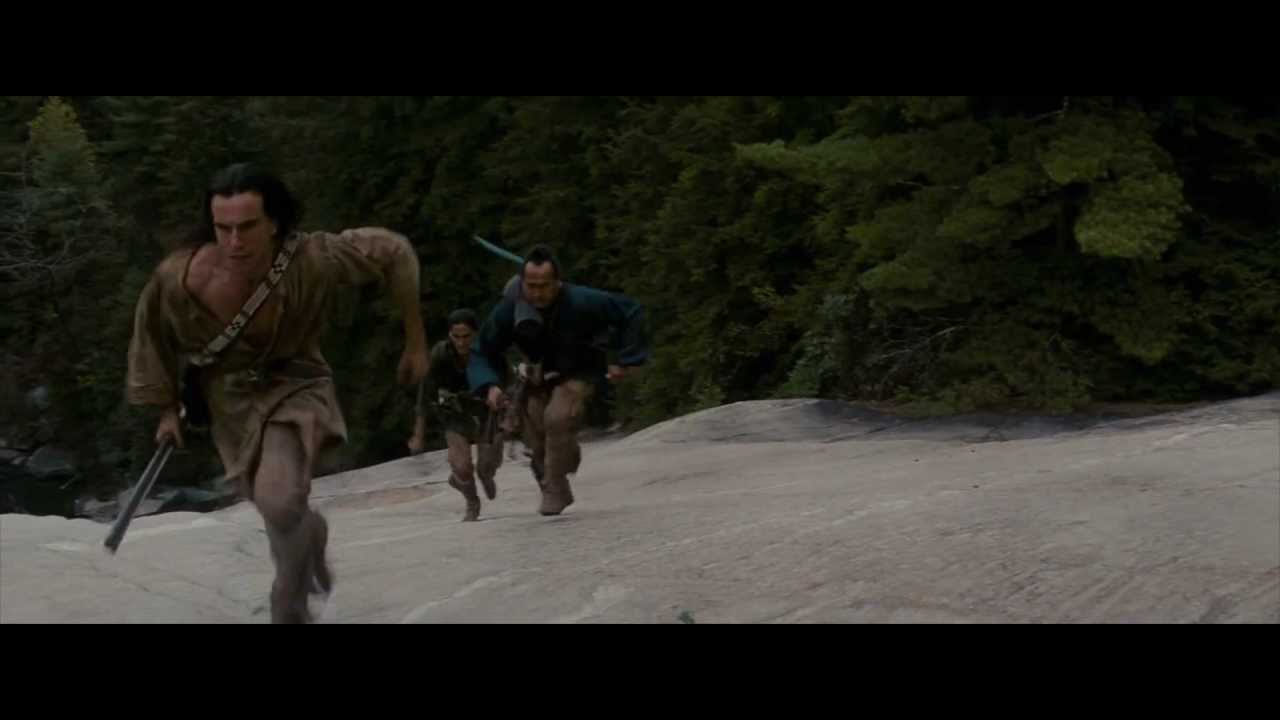
The Last of the Mohicans (1992) Review – A Sweeping Epic of Love and War
Introduction
Released in 1992, The Last of the Mohicans is a historical epic directed by Michael Mann, based on James Fenimore Cooper’s novel of the same name. This film masterfully blends romance, war, and adventure against the backdrop of the French and Indian War in 1757. With stunning cinematography, intense battle sequences, and a powerful musical score, the movie has solidified its place as a classic in historical cinema. This review explores the film’s plot, themes, performances, cinematography, and its lasting impact.
Plot Summary
The film follows Nathaniel “Hawkeye” Poe (Daniel Day-Lewis), an adopted white son of the Mohican chief Chingachgook (Russell Means), and his brother Uncas (Eric Schweig). As British and French forces clash in North America, the trio finds themselves caught in the conflict when they rescue British officers’ daughters, Cora (Madeleine Stowe) and Alice Munro (Jodhi May), from a Huron ambush led by the vengeful Magua (Wes Studi).
Hawkeye and Cora form a passionate romance amidst the chaos of war, but the group’s survival becomes increasingly perilous as they evade hostile forces and navigate shifting alliances. The climax builds to an emotional and tragic finale that cements The Last of the Mohicans as a deeply moving historical drama.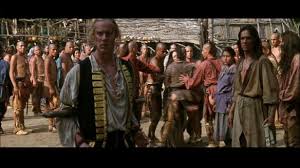
Themes and Symbolism
Colonialism and Cultural Conflict
The film highlights the impact of European colonization on Native American tribes, portraying the Mohicans as a dying people caught in the crossfire of a war they did not choose. Hawkeye, as a white man raised among the Mohicans, serves as a bridge between cultures, embodying the struggle of identity and belonging.
Love and Sacrifice
The romance between Hawkeye and Cora is a central theme, providing emotional depth to the narrative. Their love represents defiance against societal constraints, emphasizing the idea that love can flourish even in the most harrowing circumstances. Uncas and Alice’s tragic storyline further reinforces the theme of sacrifice.
Revenge and Justice
Magua’s character is driven by revenge against Colonel Munro, who destroyed his village. His motivations add complexity to the film, presenting him not just as a villain but as a man deeply wronged by war and colonization.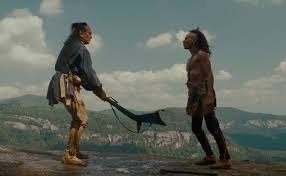
Performances
Daniel Day-Lewis as Hawkeye
Day-Lewis delivers a commanding performance, fully embodying Hawkeye’s rugged survival instincts and deep emotional core. His dedication to the role, including training in wilderness survival, adds authenticity to his portrayal.
Madeleine Stowe as Cora Munro
Stowe brings strength and dignity to Cora, making her more than just a damsel in distress. She is a woman of conviction, willing to stand by Hawkeye despite the dangers they face.
Wes Studi as Magua
Studi’s portrayal of Magua is chilling and unforgettable. His performance humanizes the antagonist, making him one of the most compelling and complex villains in historical cinema.
Russell Means and Eric Schweig as Chingachgook and Uncas
Both actors bring emotional depth to their roles, especially in the film’s tragic final act. Means’ portrayal of Chingachgook as a proud and noble warrior adds weight to the film’s themes of cultural loss and resilience.
Cinematography and Visuals
The film’s cinematography, helmed by Dante Spinotti, captures the breathtaking landscapes of the Appalachian wilderness. The vast forests, roaring rivers, and misty mountains create a rich, immersive setting that enhances the story’s epic scale. The battle sequences are meticulously choreographed, blending intensity with a sense of realism.
Music and Soundtrack
Trevor Jones and Randy Edelman’s musical score is one of the most memorable aspects of the film. The hauntingly beautiful theme, The Gael, has become iconic, elevating the film’s emotional and dramatic moments. The soundtrack seamlessly blends orchestral compositions with Native American influences, reinforcing the film’s cultural themes.
Historical Accuracy
While The Last of the Mohicans takes some liberties with historical accuracy, it remains a compelling depiction of the French and Indian War. The film effectively conveys the brutality and political complexity of the time period while maintaining a gripping narrative.
Cultural Impact and Legacy
Since its release, The Last of the Mohicans has remained a significant film in the historical drama genre. Its influence can be seen in later period films that blend romance, action, and historical storytelling. The film’s themes of cultural identity, love, and survival continue to resonate with audiences.
Final Verdict
The Last of the Mohicans (1992) is a cinematic triumph that blends romance, war, and adventure into a visually stunning and emotionally gripping experience. With powerful performances, breathtaking cinematography, and an unforgettable soundtrack, the film remains a must-watch for fans of historical epics.
For those who appreciate films like Braveheart and Gladiator, The Last of the Mohicans offers a similarly intense and heartfelt journey through history. It is a film that not only entertains but also provokes thought about cultural heritage and the human cost of war.


